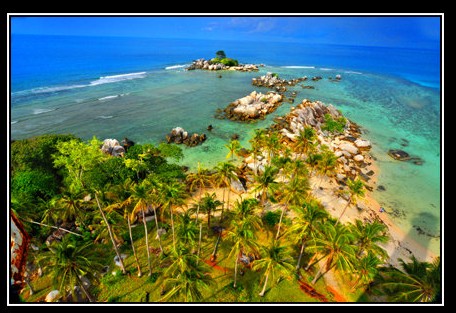For hundreds of years the Anglo-Norman colonisers made few inroads into the Irish hinterland. Coastal strips around Dublin and Wexford were settled quickly and these areas were defended. Indeed, the word “pale†refers to a wooden stake which would have been a component of these defences.
Only in the sixteenth century did the English make real inroads and from then on the war on the Irish gathered pace, with famine and poverty taking their toll, and so only around 50,000 Irish citizens claimed to command their own tongue in the 2006 census.
Today the visitor must venture beyond the Pale to experience the authentic Ireland. Dublin has become a vibrant party town but the character is more European than anything else. However cheap flights to other destinations, such as Shannon and Cork, mean the Gaeltacht is more accessible than ever. The most important Irish speaking areas are to be found in Donegal, Mayo, Galway, Kerry and Cork. Furthermore there is a small island of Irish speakers in Meath.
The borders of the Gaeltacht areas were drawn up in 1956 to reflect the composition of those remaining areas were Irish was still the primary tool of day to day communication. Government subsidies have created a problem in that they have made the designated areas relatively affluent. This attracts people to the area to live who cannot speak the language. Local people also complain of a “fish bowl effectâ€ÂÂ.
School trips and visitors come to watch people living an authentically “Irish lifestyle†and this causes the objects of their attention to feel very scrutinized, like the noble savage in Brave New World. No doubt the influx of cheap flights to Ireland exacerbates this to some extent but tourism is so important to the country’s economy that everything else is a secondary concern. Those offering cheap flights can of course choose to act with some cultural sensitivity: it’s up to the individual.
01.04.2008
